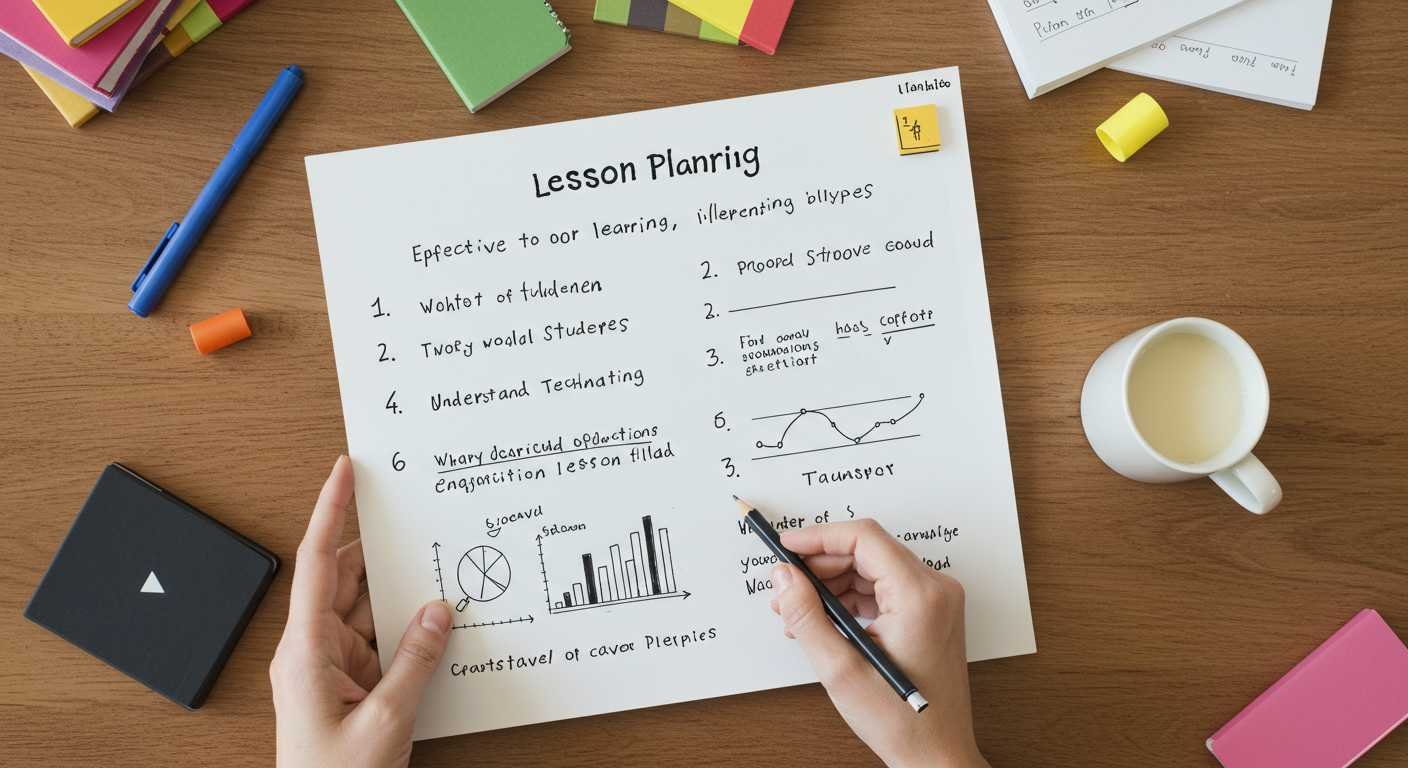Crafting Exceptional Lesson Plans: 7 Tips to Enhance Teaching Effectiveness
Effective lesson planning is the backbone of a successful classroom experience. A well-structured and engaging lesson plan fosters student engagement and paves the way for enhanced learning outcomes. This blog post explores seven valuable tips to help teachers elevate their lesson-planning skills and create an impactful educational experience for their students.
1. Define Clear Learning Objectives: Start your lesson planning process by clearly defining your learning objectives. What do you want your students to achieve at the end of the lesson? Clear articulated goals help you and your students stay focused and work towards a shared understanding of what must be accomplished.
2. Understand Your Students: Every classroom is unique, and understanding your student\’s needs, abilities, and learning styles is crucial for effective lesson planning. Gather information about your student\’s prior knowledge, interests, strengths, and weaknesses. This knowledge will allow you to tailor your lesson plans to their needs and foster a more engaging learning environment.
3. Incorporate Active Learning Strategies: Passive learning often leads to disengaged students. To foster active participation, include various interactive activities within your lesson plans. These include group discussions, hands-on experiments, role-plays, multimedia presentations, and problem-solving tasks. Incorporating such strategies encourages students to explore and apply the concepts being taught actively.
4. Utilize Technology: Leverage the power of technology resources to enhance your lesson plans. Integrating videos, online simulations, educational websites, and interactive presentations can make complex concepts more accessible and engaging. Additionally, incorporating technology fosters digital literacy skills, preparing students for the digital world they will encounter in their future careers.
5. Scaffold Learning: To ensure that all students can grasp and apply the lesson content effectively, scaffold the learning process. Break down complex concepts into smaller, more manageable chunks. Provide clear explanations and examples to guide students through progressively challenging activities. Scaffolded learning supports students at different proficiency levels, promoting their confidence and growth.
6. Encourage Differentiation: Students have diverse learning needs and abilities. Differentiated instruction ensures that each student receives instruction tailored to their requirements. Incorporate activities that address various learning styles, provide additional challenges for advanced students, and support struggling learners. By catering to individual needs, you create an inclusive classroom environment where every student can thrive.
7. Reflect and Adapt: Continuously evaluate the effectiveness of your lesson plans and reflect on their outcomes. Engage in self-reflection and seek feedback from students, colleagues, and supervisors. Take note of what worked well and identify areas for improvement. Adjust your lesson plans based on these reflections and adapt your teaching methods accordingly.
Effective lesson planning is a dynamic process that requires thoughtful consideration of students\’ needs, clear learning objectives, and engaging instructional strategies. By implementing these seven tips, teachers can craft well-structured lesson plans that promote active learning, differentiation, and student success. Remember, a well-prepared lesson plan lays the foundation for an enriching educational experience.

